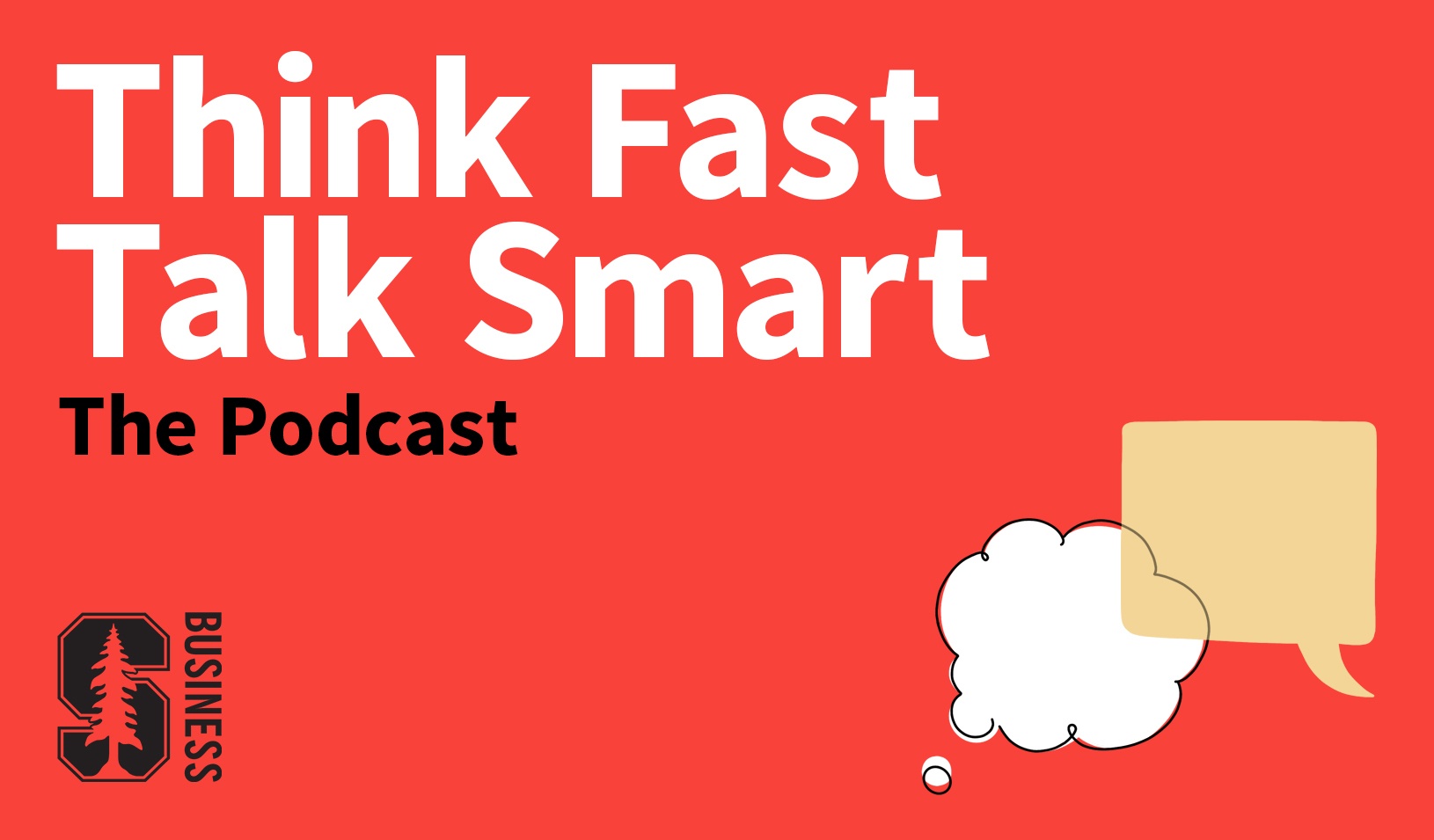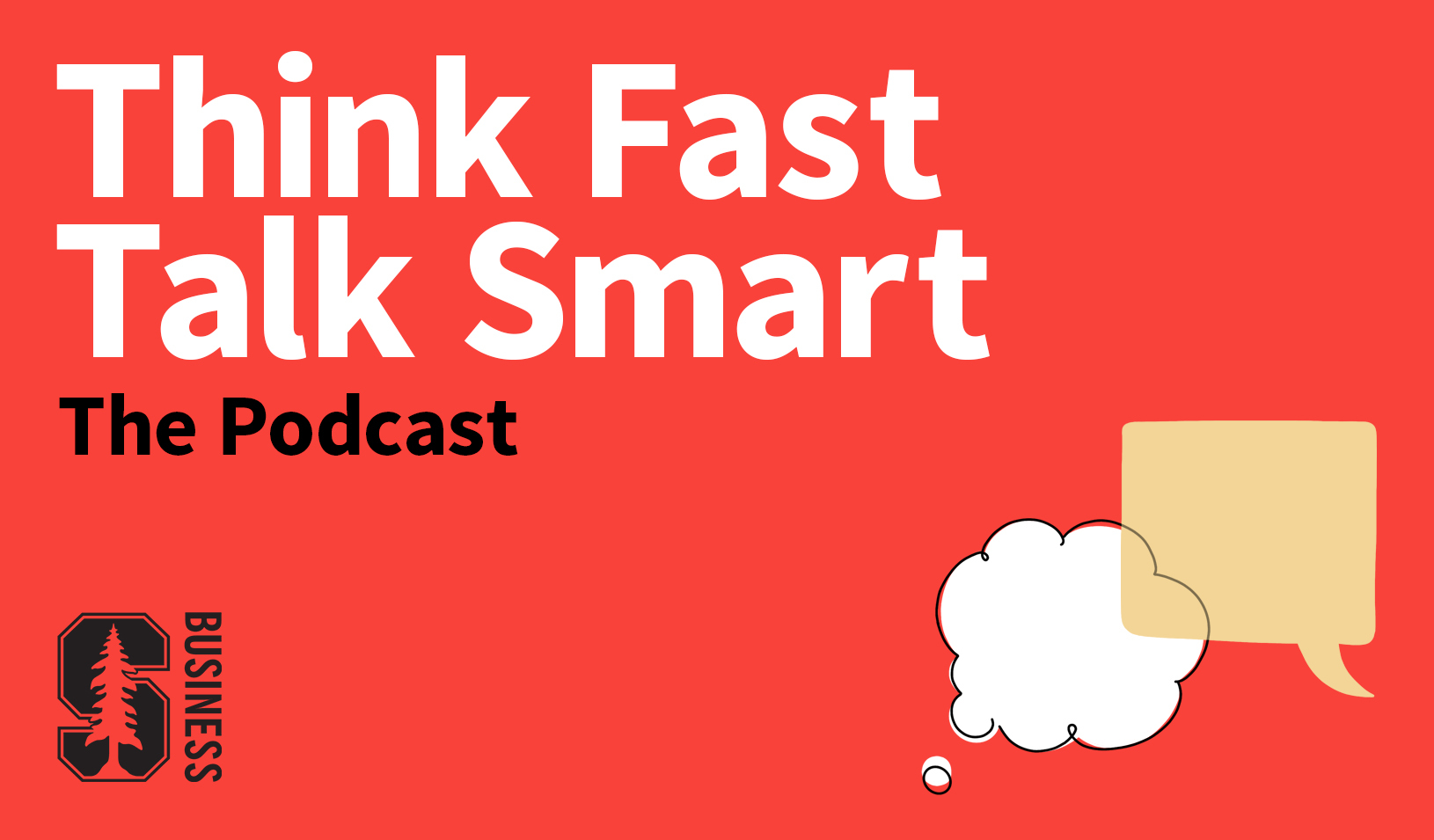How to Handle Audience Skepticism
Anyone with a novel idea, from an entrepreneur to a product marketer, should know how to handle a suspicious audience.
September 03, 2015

It can be helpful to provide your audience with questions to consider prior to attending your event. | Reuters/Suzanne Plunkett
By nature, human beings are risk averse. People will go to great lengths to avoid potential negative outcomes — much greater lengths than they will go to attain potential positive ones. This orientation toward the status quo often compels us to be suspicious of new things. Anyone in the business of presenting novel ideas, from entrepreneurs to product marketers, must be prepared for these objections and questions. Often, how we respond to these doubts dictates how our ideas will be received.
So how do you prepare? It’s more than thinking about potential objections and questions beforehand (although that certainly helps). There are specific techniques you can use to deftly respond to these challenging situations without sounding defensive, evasive, or dismissive. Here we offer a few key tips for how to handle objections, challenging questions, and skepticism with aplomb.
Framing Is the Key
We’ve all heard the trite phrase, “Challenges are opportunities in disguise.” It’s a classic example of framing. Calling problems “opportunities” changes the way people approach them. Language matters. How you position your topic can guide the way people see it.
For example, to short-circuit an audience’s suspicion of new ideas, whenever possible use language that highlights the positive aspects of your subject, such as the potential benefits and successes. Think of how auto dealers frame a car someone else owned as “certified previously owned” rather than “used” in order to get people to pay more for the car. The simple word choice and framing affects perception, which in turn affects attitudes and behaviors.
Framing Types and Techniques
While no two audience objection scenarios are ever the same, we’ve found it helpful to break the world of skepticism into two primary categories: those that are based on more subjective or emotional concerns and those that are more objective or factual. Learning techniques to handle each type can help presenters deal with a wide array of naysayers.
Objections of the Heart
You can recognize emotional objections by their inherent lack of data or their focus on what might happen at some point in the future. These kinds of objections tend to be more knee-jerk, spontaneous concerns. Here are a few telltale phrases that indicate an emotional foundation:
- “I’m not sure why … I just don’t like it.”
- “That doesn’t feel right to me.”
- “What if …”
- “That might lead to …”
In terms of formulating an effective response, think of logic as water to emotion’s fire — it’s imperative that you bring logic into your response to defuse the objection. Using an emotional response to an emotional objection does nothing to resolve the issue and can actually fan the flames of objection, in the process reducing your credibility in your audience’s eyes.
Paraphrase to address emotional skepticism. Paraphrasing is a listening tool where you reflect back what others say in your own words. Effective paraphrasing affords you several benefits (e.g., ensures that you heard someone correctly, values the other person’s contribution, allows you time to think, etc.). As a framing technique, paraphrasing allows you to acknowledge the emotion of someone’s question/objection, then pivot your response to the world of logic.
For example, if someone were to angrily question you on how your proposal will affect a process inefficiency, you can use your paraphrase to acknowledge the emotion, then get to the logical crux of the issue. For example, you might say, “I hear your passion, and believe me, I want nothing more than for us to address the disconnect between our corporate and satellite offices, which is why my plan …” By acknowledging the questioner’s emotion, you validate his or her feeling and allow yourself to get to the facts at hand. (Note: It’s a good idea to avoid labeling the specific emotion in your paraphrase, which does little to defuse it and can actually escalate it.)
Perhaps the most useful function of paraphrasing is that it can make questions or objections more comfortable for you to answer. The most striking example we have come across was in a sales situation where a prospect asked the presenter: “How come your prices are ridiculously expensive?” Clearly, the response, “So you’re asking about our ridiculous pricing” is not the way to go. Rather, you can reframe the issue in your paraphrase to be about a topic you are better prepared to address. For example, “So you’d like to know about our product’s value.” Price is clearly part of value, but you start by describing the value and return on investment, which will likely soften the blow of the price.
For this type of reframing, finding a higher order concept is often the key to an effective response to a challenge. For example, challenges about release dates can become issues of feature prioritization, and questions about cost can translate to an explanation of overall investments. Spending time thinking about these higher order links in advance of your presentation will enable you to more readily and smoothly invoke them during your paraphrasing.
Try one of the following lines to help you start your paraphrase:
- “So what you are saying/asking is …”
- “What is important to you is …”
- “You’d like to know more about …”
- “The central idea of your question/comment is …”
Objections of the Mind
In some ways, the fact-based objections are easier to manage because these concerns are based on logical reasoning. Often, fact-based objections result from previous experience with your idea, or at least with the category of your idea. Here are a few telltale phrases that indicate a more fact-based concern:
- “We just don’t have the resources.”
- “We don’t have enough time”
- “Your idea will cost too much.”
If someone says there isn’t enough budget for your idea, they have to know how much budget is available in order to raise the objection in the first place.
In addressing these fact-based objections, you usually can’t just come up with alternate facts — arguing over whose information is “right” often is futile and negatively affects your credibility. Instead, you need to reframe the objection to change the person’s perception of the situation.
Use analogies to address factual skepticism. Analogies not only activate the audience’s existing mental constructs, which allows for quicker information processing and understanding, but they also provide a particular point of view for the discussion to ensue.
For example, when confronted with an objection to your idea of implementing stricter policies, you could compare the situation to transitioning from playing intramural to varsity sports. In so doing, you focus the conversation on rules, scrutiny, and increasing competition. Spend time in advance of your presentations and meetings considering a few possible analogies you can use so they’re at the ready.
When thinking of possible analogies, don’t shy away from clichés, which are essentially trite analogies. Since they’re so universally understood, they often can quickly manage questions/objections by putting common wisdom on your side. For example, when confronted with an accusation that your approach is too timid and slow, you could reply with “we purposely aren’t trying to boil the ocean” or “we are simply trying to be penny wise, and not pound foolish.” In either case, the cliché provides you with a rationale for your action that sits easily with your audience. Of course, you must not use too many of these cliché sayings in one interaction.
Pre- and Post-Presentation Framing Techniques
In addition to framing in the moment, when you find yourself addressing challenging questions or objections during your presentation, there are things you can do prior to — and after — your interactions.
Prior to Interaction
Before your discussion even happens, you can seed your description of what will be said with language to focus your audience’s attention and set your direction. For meetings, send out an agenda in advance that lists your goals, as well as your intended plan to accomplish them and what your audience will get out of your presentation. For both presentations and meetings, it can be helpful to provide your audience with questions to consider prior to attending your event.
Additionally, take time to set boundaries (i.e., ground rules) and expectations (i.e., preview). Not only does this make you appear more confident and commanding, but it establishes what is available for discussion and how it will be discussed.
Post-Interaction
The way you summarize and disseminate results or takeaways affords you another opportunity to position your point of view. Regardless of the channel you use to follow up (e.g., email, web posting, call, etc.), identify the key ideas you wish to reinforce or potentially reinterpret. Spend time crafting your message, focusing on your specific verbiage. Be sure to use language that signals involvement and agreement, such as the inclusive pronouns “us” and “we,” as you report outcomes and decisions. Finally, define next steps in a clear and concise way, taking care to link them to a higher-order goal.
Together, all of these reframing techniques can help you address emotional and factual skepticism during every facet of your interaction, all while helping you reduce any anxiety you may have over how others might respond to your ideas and proposals.
For media inquiries, visit the Newsroom.
Explore More

Lose Yourself: The Secret to Finding Flow and Being Fully Present

Speak Your Truth: Why Authenticity Leads to Better Communication



